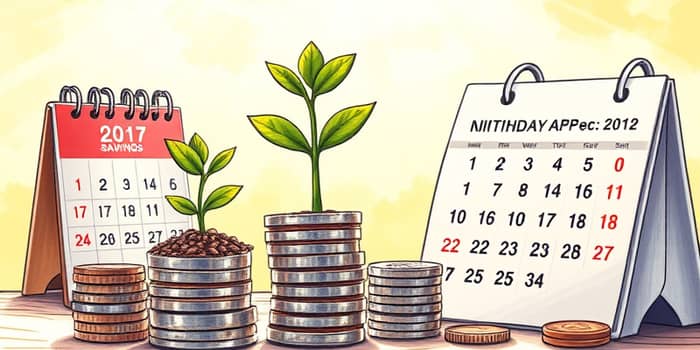Establishing an emergency fund may seem daunting, but setting aside small amounts regularly can lead to a robust financial safety net over time. By breaking a large goal into manageable steps, you create lasting habits and peace of mind.
What is an emergency fund?
An emergency fund is a dedicated, accessible pool of cash reserved for unplanned expenses. Whether facing a sudden car repair, an unexpected medical bill, or a period of reduced income, this cushion helps you cover costs without turning to loans or credit cards.
Sometimes called a rainy day fund, contingency fund, or “life happens” fund, an emergency fund acts as your financial first responder. Having it in place means you can handle surprises with confidence, knowing you have a plan.
Why you need an emergency fund
Life is unpredictable. Without a buffer, even minor setbacks—like a broken appliance—can create major stress. An emergency fund delivers multiple benefits:
- Financial buffer against crises to prevent debt spirals.
- Peace of mind and reduced anxiety during tough times.
- Protection for long-term savings goals like retirement.
- Avoidance of high-interest borrowing when emergencies strike.
By maintaining this fund, you preserve your overall financial health and maintain control over your decisions, rather than reacting under pressure.
How much should you save?
Experts generally recommend accumulating three to six months’ worth of expenses in your emergency fund. This target varies based on lifestyle, income stability, and personal circumstances.
Your first milestone should be more modest: aim for half a month’s worth of expenses or $2,000—whichever is higher. Achieving this initial goal provides immediate relief for common shocks like minor car repairs or unexpected vet bills.
Long-term, working toward three to six months of essential living costs ensures you can navigate major disruptions, such as job loss or significant medical emergencies, without jeopardizing your financial foundation.
Steps to build momentum with small actions
Starting small is the key to consistency. Even a modest contribution each week can add up quickly:
- Set a clear savings goal by calculating essential monthly expenses.
- Open a separate savings account reserved exclusively for emergencies.
- Automate transfers each payday so you never miss a contribution.
- Begin with $10–$20 per week to build confidence and habit.
- Reevaluate your target if your income or expenses change.
Automating transfers transforms saving into a routine. You’ll notice your fund growing steadily without the need to remember each deposit.
Benefits beyond financial security
While the primary purpose of an emergency fund is to cover crises, the broader impacts extend into everyday life:
- Freedom to pursue opportunities like a new job or education.
- Reduced reliance on credit protects you from high-interest rates.
- Emotional well-being thanks to stability and less worry.
With a solid emergency fund, you’ll find yourself more willing to take calculated risks and embrace new chapters, knowing a cushion awaits if challenges arise.
Additional tips for lasting success
To maintain momentum and ensure your emergency fund remains robust over time, consider these strategies:
- Review regularly—Reassess your target at least once a year.
- Prioritize savings—Treat contributions like a fixed monthly bill.
- Rebuild promptly—After using any amount, make it your next goal to replenish what’s been spent.
- Keep it liquid—Choose a high-yield savings account for easy access.
Implementing these practices will help you guard against complacency and ensure your fund remains ready for whatever life brings.
Conclusion: Empower your financial future
Building an emergency fund doesn’t require dramatic sacrifices or large lump-sum deposits. By adopting small, consistent habits, you can transform financial uncertainty into stability.
Remember that every dollar you set aside is a step toward lasting peace of mind. Start today—choose a small amount, automate it, and watch your emergency fund grow into a powerful protector for your financial journey.
References
- https://www.consumerfinance.gov/an-essential-guide-to-building-an-emergency-fund/
- https://www.nerdwallet.com/article/banking/emergency-fund-why-it-matters
- https://investor.vanguard.com/investor-resources-education/emergency-fund/why-you-need-one
- https://www.mycvcu.org/blog/importance-of-building-an-emergency-fund
- https://www.investopedia.com/terms/e/emergency_fund.asp
- https://www.nerdwallet.com/article/banking/emergency-fund-calculator
- https://www.ukfcu.org/blog/smart-strategies-for-building-an-emergency-fund
- https://corporatefinanceinstitute.com/resources/wealth-management/emergency-fund/










